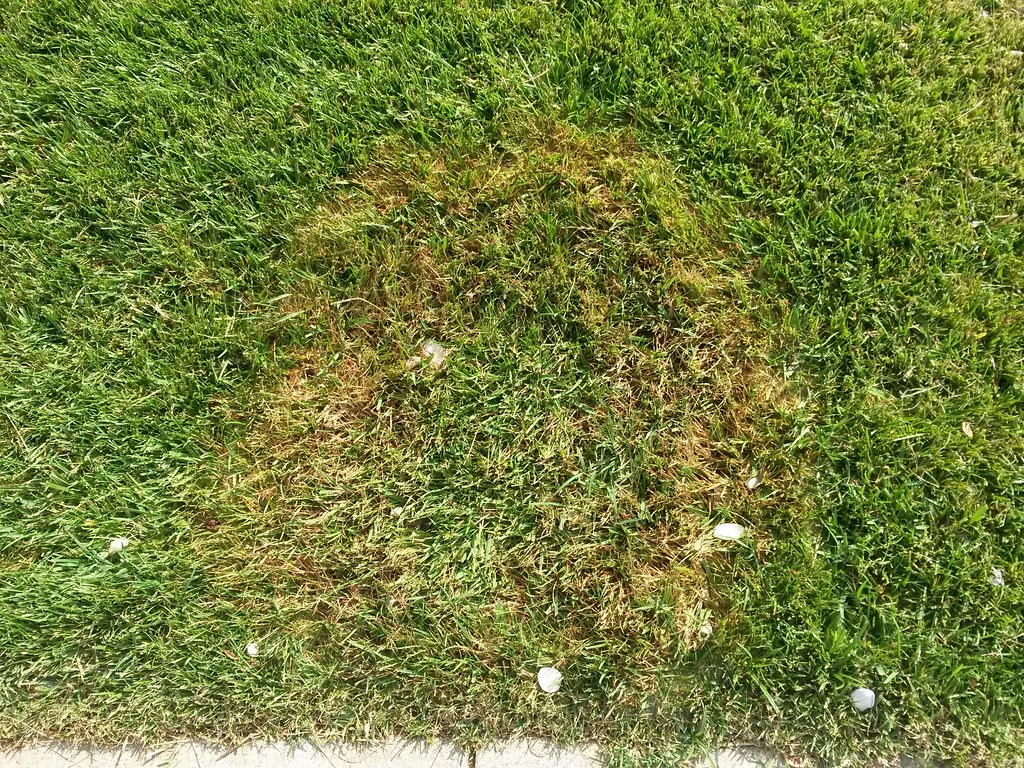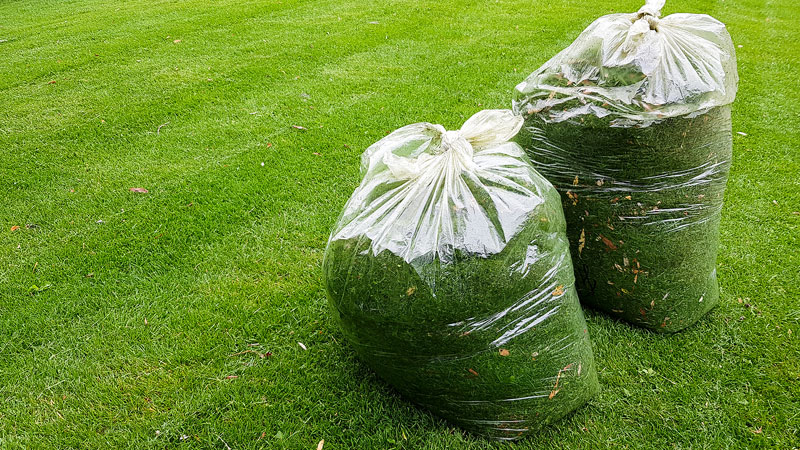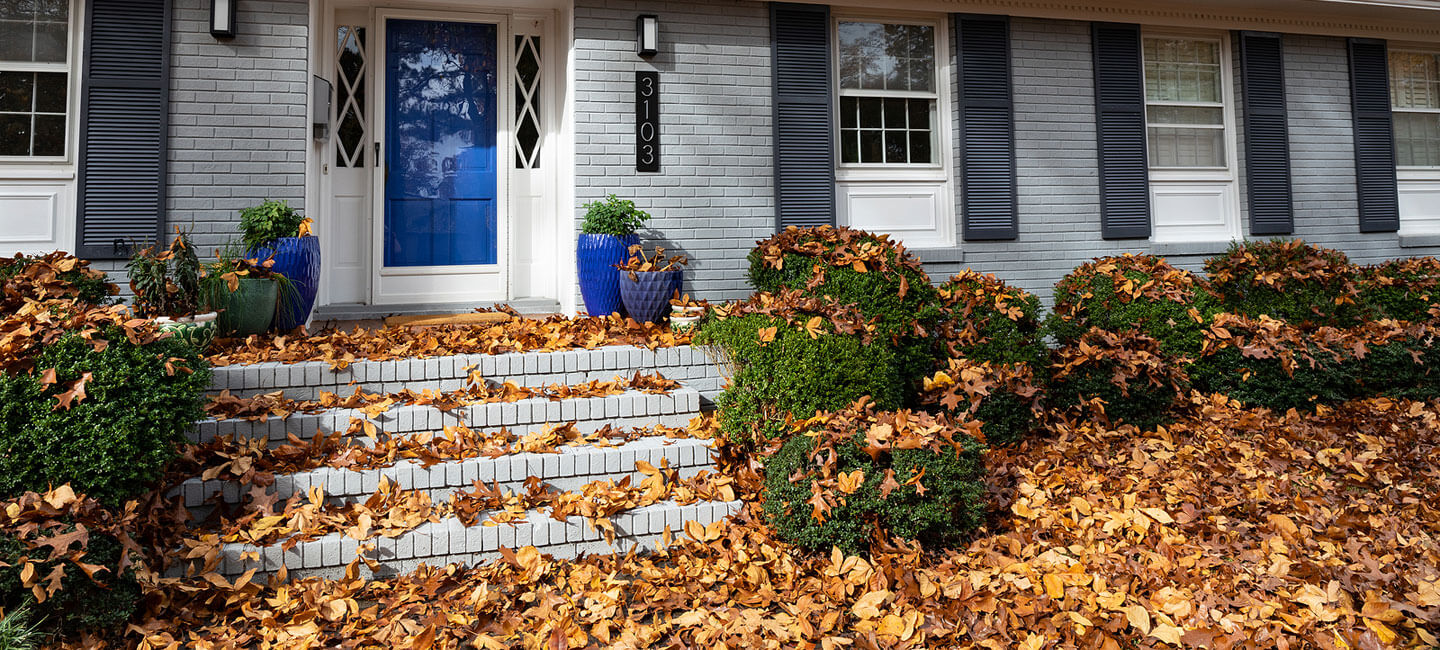How to Recognize them

Here are some ways you can do to keep raccoons off your lawn:
1. Small circular spots
As the fungus infects the grass, these spots can occur in different colors, depending on the fungi. They can either be whitish, bleached yellow, reddish-brown, brown, grayish, or blackened. The spot’s circle can grow from 1-12 inches in diameter.
2. Frog-eye pattern
This lawn fungus sign shows a circular area of dead grass that surrounds healthy grass. Fusarium fungi cause this pattern. Kentucky bluegrass is prone to this disease.
3. Growth stunting and wilting
If the grass is not growing, it can suggest fungi damaging its cell.
4. Dying lawn
Expect this to happen after your grass’ growth stunt. If your lawn withers fast and look like it’s about to die, it could be a sign of destructive fungi.
Scotts 09127 Turf Builder Starter Lawn Food 24-25-4
5. Water-soaked look
A lawn fungus causes your lawn to have a water-soaked look. After that, it will turn reddish-brown and bleached.
After you’ve seen the look of your turf, look at what forms the spots.
Mold or mildew
Thread-like structures (mycelium) and spores are structures of fungi. Fungi are small, but if they’re growing, they can be visible to the eyes. They can look like powdery mildew or white or pinkish thread-like structures.
Ensure your lawn’s safety by checking to observe your leaves. Do not ignore plant issues that look little to you because you allow fungi to spread into your lawn. Therefore, look closely at the grass blades. Do not skip this if you still haven’t seen any spots.

Leaf spots. As the fungi infect the tissue of the leaf, it will leave damage that looks like spots.
- Thin grass. Fungi rot the grass-root or crown. The next thing to happen is it will leave your grass looking thin and weak.
- Yellow leaves. Before turning into brown or black, infected spots usually turn into yellow first.
- Dark linings on leaves. A blackened leaf blade is a sign of a lawn fungus.
- Rust color. A rust color in the leaf blades comes from rust fungus.
- Rotted crowns and roots
Next to checking, the grass blades are looking below. Get a sample from dying grass and look at its crown and roots. Fungi can cause dark brown rot in the grass.
Plant disease diagnostic laboratory
Suppose you want to be sure of the type of fungi in your lawn. A plant disease diagnostic laboratory will tell what fungi you have in your grass. Collect grass samples (leaves, stems, roots, and soil). Keep it moist, and send it to them.
Why do fungi grow in the grass?
Most fungi are decomposers of dead matter. For example, these fungi break down thatch in your lawn. But once they increase, they will get nutrients even from living things such as your green lawn.
The possible next question might be, “How can I avoid lawn fungus?” or “What makes it possible for them to live on my simple-looking grasses?”
The answer lies in how you take care of your lawn.
Other Reasons
Fungi will feed on weaker grass. The following conditions weaken grass immunity. These are also reasons for grass withering and death.
- Wrong fertilization. The right amount of fertilizer will strengthen your plants. Opposite to that, if you put too much, this will kill the plants.
- Strong herbicides. Search for a plant-safe herbicide.
- Poor soil condition. Improve your soil by ensuring its drainage.
- Pests. Insects such as grubs eat grassroots. Outnumbered pests will damage your lawn.
- Extreme temperatures. Droughts in summer cause brown grass. However, a too low temperature can slow down the grass’s development.
- Nutrient competition of plants
- Dog urine. Beware of your pet’s urine. Urine contains salt, which in turn can sip out the moisture in your grass and soil.
- Thatch buildup. Thatch is what lawn fungus loves to decompose. Also, the thatch buildup will serve as a home for insects, pests, and rodents. So, the right time for thatching is important for a healthy lawn. It is if you want a lawn that is free from fungus.
Keep your lawn strong and healthy. To do that, prevent your lawn from experiencing the conditions mentioned above. Do not let your lawn be a perfect place for fungi to grow.
If you are having a hard time figuring out what’s going on with your lawn grass, we at My Landscapers have been doing Lawn Replacement throughout Toronto, Markham, Vaughan & Richmond Hill. Our professionals best materials and tools to help your lawn look lush, healthy & green. Request your FREE, no-obligation, detailed estimate today, and one of our landscaping experts will contact you.



